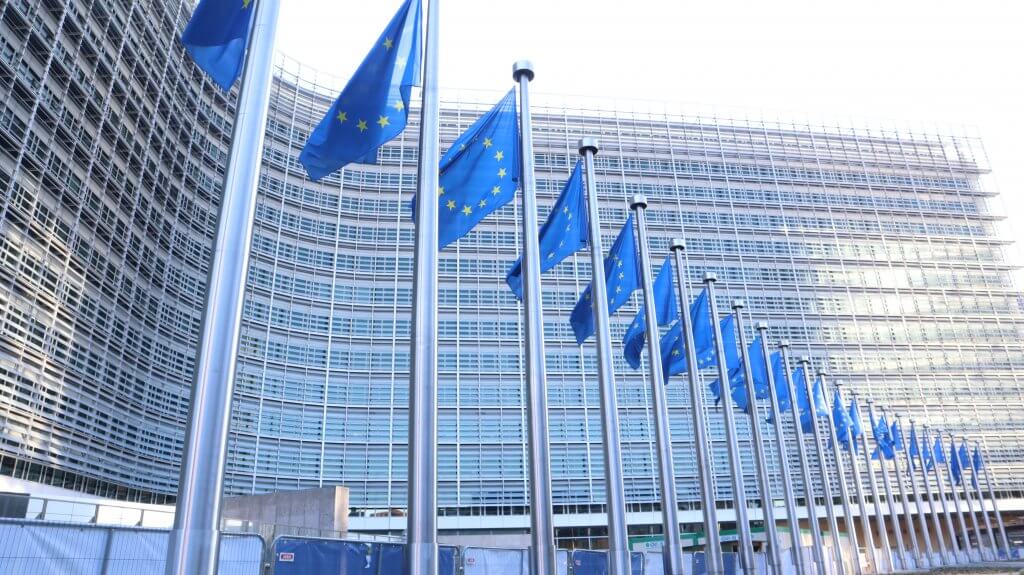
The much-anticipated “Fit for 55” package released by the European Commission is the latest in a set of ambitious targets designed to ensure Europe achieves carbon-neutrality by 2050.
In a move designed to accelerate the reduction of greenhouse gas emissions, the package aims for a 55% reduction by 2030 through interconnected policies including those targeting energy and transport.
That’s where batteries come in. This is a unique opportunity for batteries to play a significant role in one of the most ambitious decarbonisation frameworks in the world.
The shift to focusing on more renewable energy generation and the grid resiliency and flexibility required as a result presents a chance for advanced lead batteries to directly support these energy needs.
To tackle climate change, energy storage is needed yesterday, not just by 2030. With existing supply chain and mature manufacturing capability, lead batteries can be deployed in large numbers, fast and sustainably.
Research underway led by CBI in Europe is already driving innovation in the technology directly focused on this area: plugging-in renewables and facilitating grid storage. With some of the leading universities in Europe and with partnerships in the US, this research will feed in to the next-generation advanced lead batteries needed to support Europe’s climate-neutral future.

With the ever-increasing move to hybrids and electric vehicles, advanced lead batteries continue to provide an essential on-board element for Europe’s e-mobility fleet. They’re also live and online across Europe providing reliable, sustainable energy for installations spanning community microgrids, solar farms for manufacturing plants, and utility grid frequency regulation.
A message that needs to resound in Europe is that all batteries will be critical for this shift. With different advantages for different applications, battery technologies are vast and diverse. And advanced lead batteries are one of the critical players offering high-performance, reliability, safety and a sustainability profile including almost 100% recycling at end-of-life in Europe.
Combining these attributes with the dedication to innovation from the European, and indeed the global lead battery industry, is setting this technology apart.
From enhancing cycle life, an essential parameter for renewable and utility energy storage, to improving dynamic charge acceptance, a vital part of what makes hybrid and electric vehicles cleaner, is where the industry is focusing their efforts for lead battery improvements.
The lead battery will be a significant player in enabling the EU Green Deal by making climate and circularity targets a reality, supported by research, innovation and collaboration across Europe to ensure the future has all the batteries it needs to succeed in the green transition.
